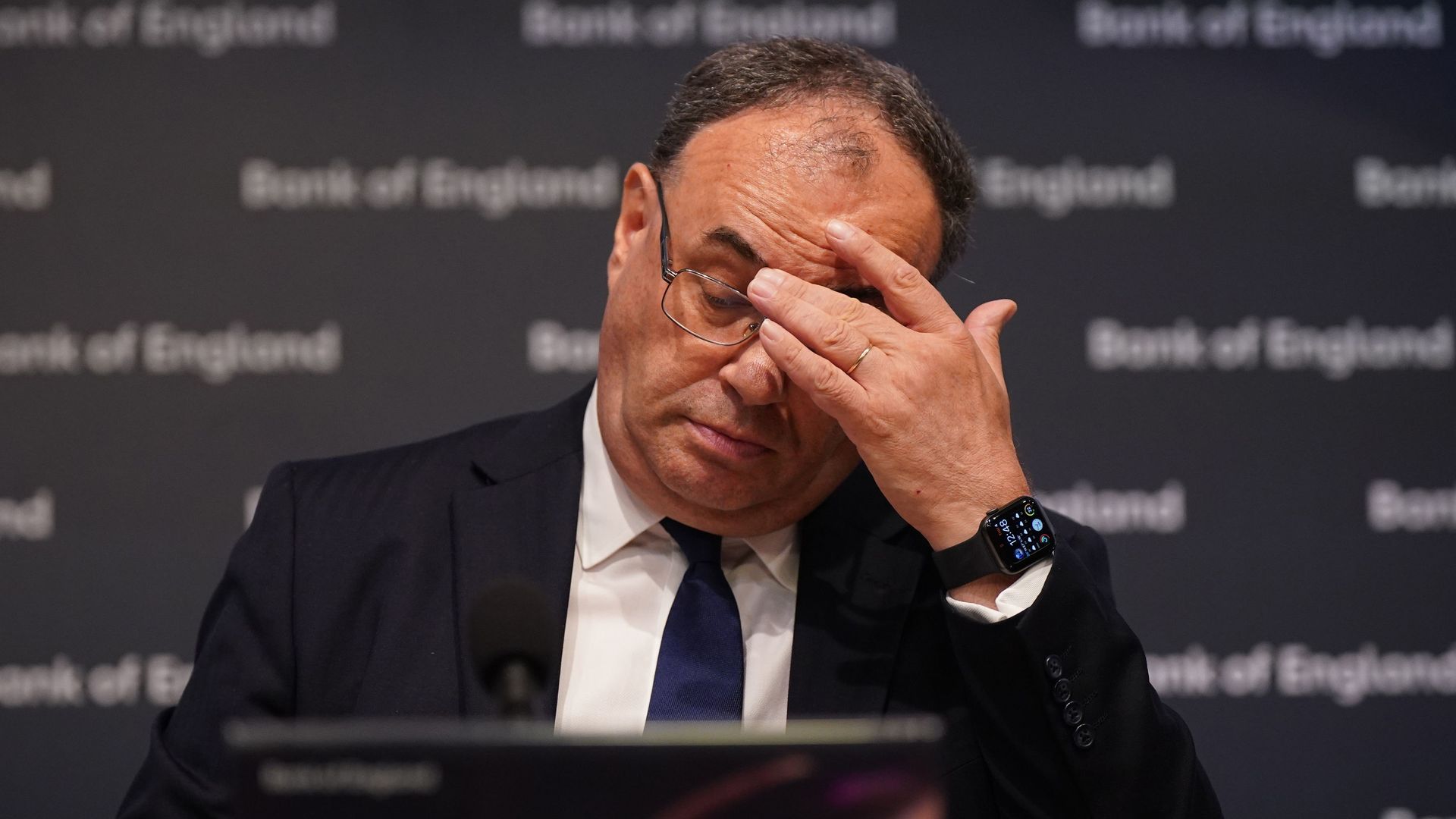| August 2007 was, on the surface, a fine month for the U.S. and global economy. Unemployment was low. The stock market had a few bumpy days, but nothing too dramatic. - Yet many consider it to be the beginning of what we now call the global financial crisis. There were the first signs of long-simmering problems that wouldn't fully boil over for 13 more months.
Why it matters: There are some ominous parallels with what the world is experiencing right now. - To be clear, we're not predicting a new crisis as severe as the one that rocked the world in 2008. Rather, we're arguing that major (and accelerating) underlying shifts are underway and likely to reverberate for years.
- How significant the pain will be is hard to predict. It could vary significantly across countries and industries. It's plausible that the economic damage in most sectors of the U.S. economy will be mild.
State of play: For a decade-plus after the 2008 crisis, the world was stuck in a low-interest rate, low-inflation, low-growth rut. - Central banks searched for novel ways to loosen monetary policy to stimulate demand, including negative interest rates and quantitative easing.
- They concluded that the "neutral rate" of interest had become much lower, due to seismic forces like demographics and globalization.
- The widespread view — reflected in bond prices and officials' comments — was that after the pandemic's disruptions passed, this low-rate normal would return. Until recently, at least.
What's happened in the last few months — and with dizzying speed in the last several days — is that markets are adjusting to the possibility that the era of extreme low rates and liquidity is over, and the 2020s will be very different from the 2010s. - Consider that at the start of the year, a 30-year U.S. Treasury bond yielded 1.92%. That's up to 3.62% as of 10:45am EDT this morning.
- The effects of that repricing are only beginning to ripple through the economy. It's most visible now in housing, but could eventually affect everything from the sustainability of large budget deficits to the viability of any business relying on lots of leverage.
What they're saying: Donald Kohn, who played a key role in fighting the global financial crisis as the No. 2 official at the Fed, had some prescient comments last year. - "It's possible that [the natural rate of interest] is higher than backward-looking models now suggest," he said at the 2021 Jackson Hole symposium, noting loose fiscal policy and pent-up savings.
- "But the transition to a higher rate environment could be pretty bumpy given that a lot of asset values and assessments of debt sustainability are built on very low interest rates for very long."
The bottom line: We're in the early days of seeing how a world of tighter money will play out across sovereign nations, real estate, the corporate sector and more. | 




No comments:
Post a Comment
Keep a civil tongue.